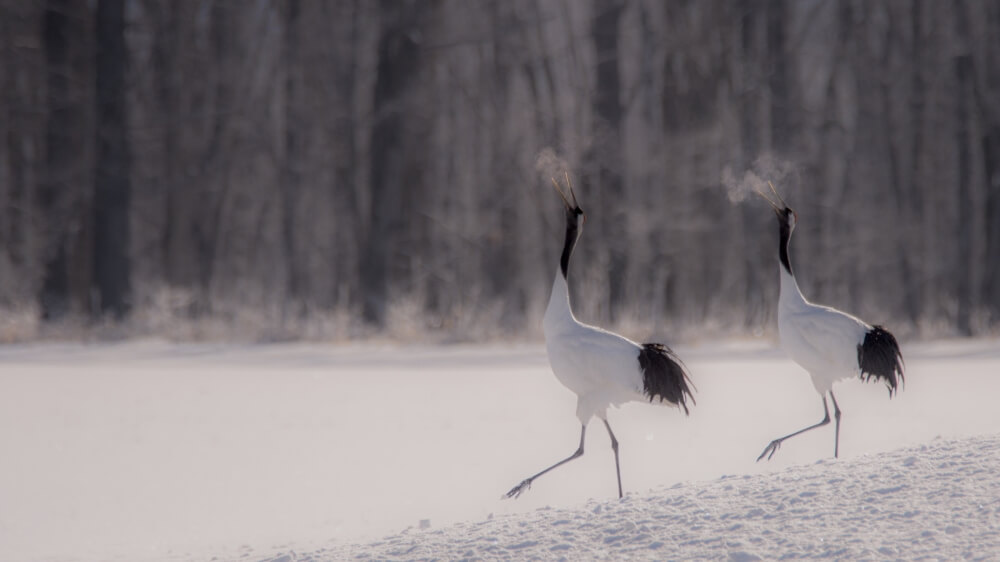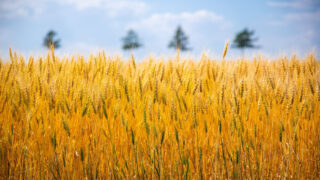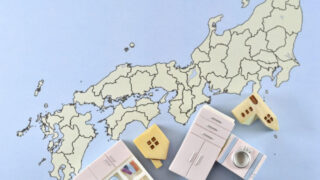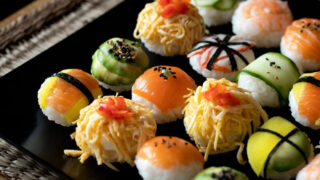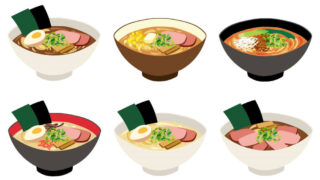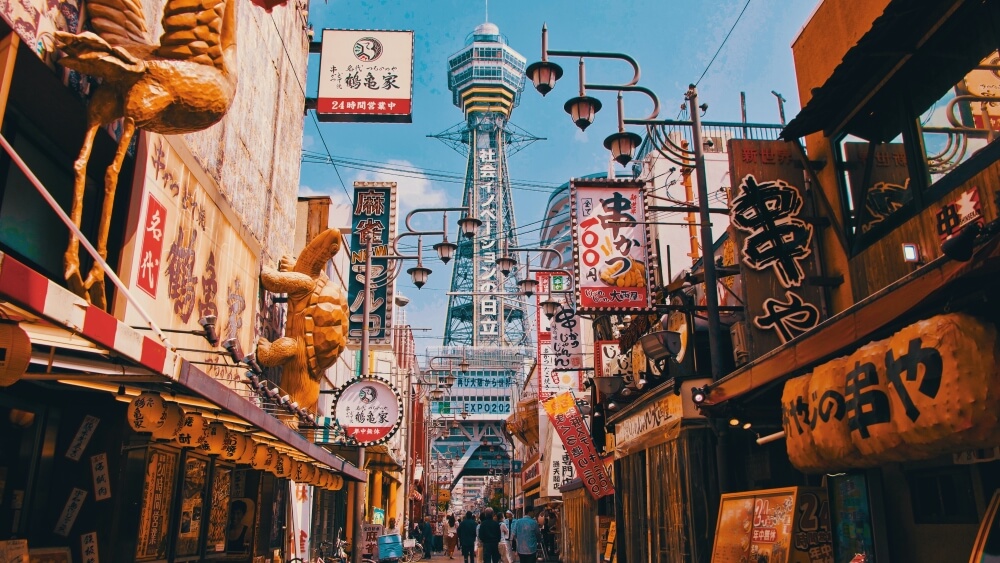Hokkaido, a place where you can experience nature with your senses. In this comprehensive prefecture guide, you’ll find information that is useful for tourism and daily life.
Hokkaido Basic Information
Overview of Hokkaido
- Prefecture name: Hokkaido
- Capital: Sapporo
- Area: 83,457 km2 (1st / 47 prefectures)
- Population: 5,111,691 (8th / 47 prefectures)
- Website: https://www.pref.hokkaido.lg.jp
Hokkaido, Japan’s northernmost island, is renowned for its vastness and breathtaking natural beauty. This region offers encounters with wildlife, dynamic landscapes, and, particularly in winter, attracts skiing enthusiasts seeking high-quality snow. With numerous hot springs, it’s an ideal place to relax surrounded by nature.
Diverse attractions are available across Hokkaido, ranging from the prefectural hub, Sapporo, to the nature havens like Biei and Niseko. The rich food culture includes dairy products and sweets produced from the fertile land, as well as fresh seafood.
Hokkaido is a prefecture where Ainu culture is deeply rooted. The Ainu, an indigenous people who lived in the northern regions of Japan, have their own language and traditional way of life. Efforts to respect and convey Ainu culture continue today, and there are places where you can enjoy Ainu traditional crafts and cuisine as part of the tourism experience.
Location and Access
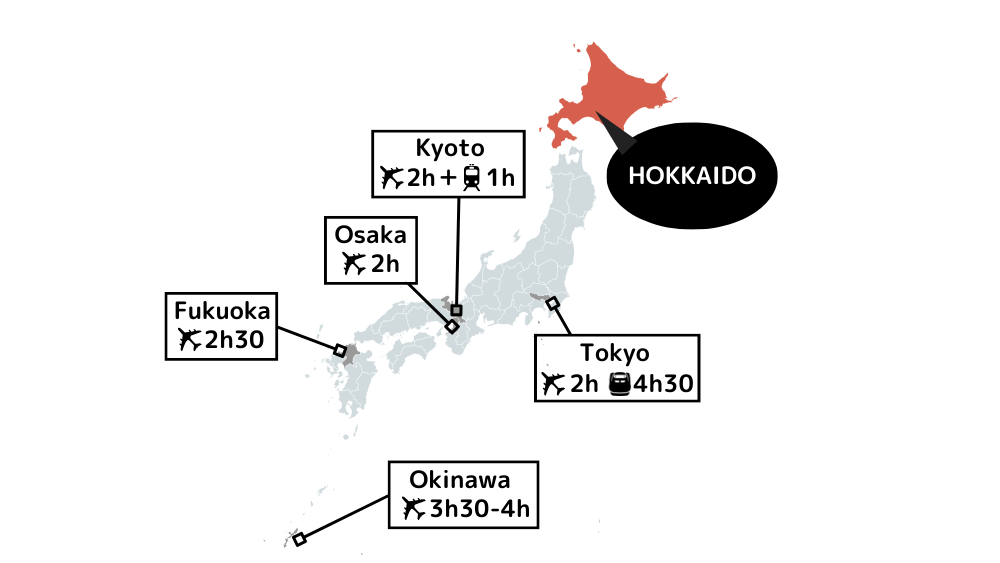
Located at the northernmost part of Japan, Hokkaido is connected to Honshu, the main island, by a tunnel across the strait. New Chitose Airport offers direct flights to major Asian and domestic cities. For travelling within Hokkaido, consider using Japan Railways (JR), buses, or domestic flights.
Access from Tokyo:
- By Plane: Approximately 2 hours from Haneda or Narita Airport to New Chitose Airport.
- By Shinkansen: About 4.5 hours from Tokyo Station to Hakodate-Hokuto Station.
Access from Kyoto:
- By Plane: Approximately 1 hour by train to Kansai International Airport or Itami Airport, then around 2 hours to New Chitose Airport. The total travel time, including transfers, is approximately 4.5 hours.
Access from Osaka:
- By Plane: Approximately 2 hours from Kansai International Airport or Itami Airport to New Chitose Airport.
Access from Fukuoka:
- By Plane: About 2.5 hours from Fukuoka Airport to New Chitose Airport.
Access from Okinawa:
- By Plane: Between 3.5 to 4 hours from Naha Airport to New Chitose Airport.
Climate in Hokkaido
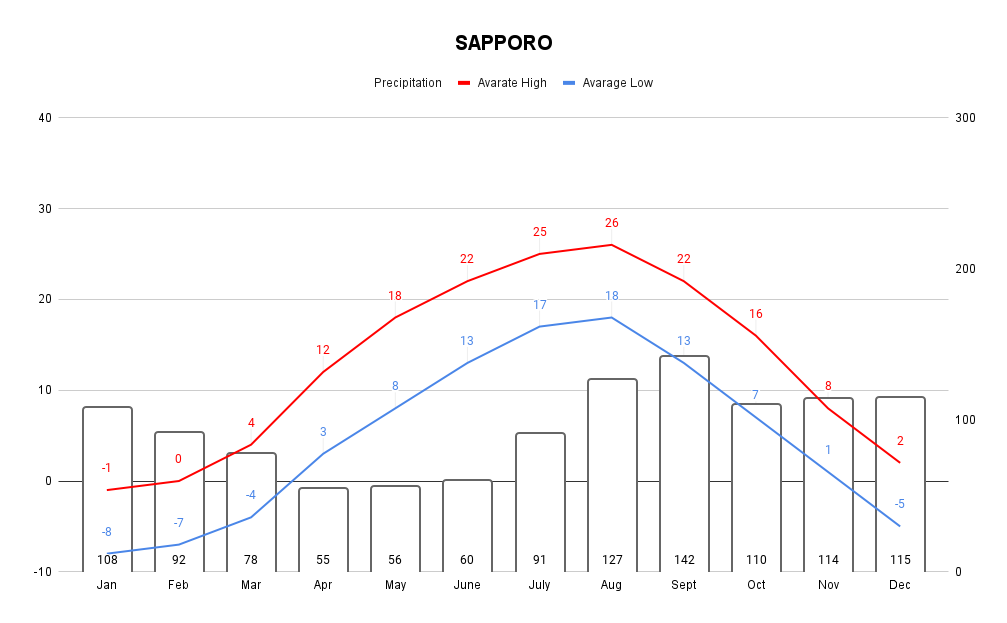
Hokkaido has a subarctic climate with cool temperatures and low humidity. It’s not affected by the rainy season or typhoons like other parts of Japan. The weather can vary depending on the region because Hokkaido is big, but in general, summers are mild and winters bring heavy, continuous snowfall.
Spring (March-May): Snow persists until April, and the arrival of spring is felt from May.
- Average maximum temperature: 5-15°C
- Average minimum temperature: -5-5°C
Summer (June-August): Daytime temperatures may exceed 30 degrees, but long sleeves are necessary in the mornings and evenings.
- Average maximum temperature: 20-25°C
- Average minimum temperature: 10-15°C
Autumn (September-November): Significant temperature differences between day and night, and frequent rainy days.
- Average maximum temperature: 10-20°C
- Average minimum temperature: 0-10°C
Winter (December-February): Snow falls almost daily, and in January, temperatures remain below freezing even during the day.
- Average maximum temperature: -5-5°C
- Average minimum temperature: -15–5°C
Transportation in Hokkaido
Sapporo has a well-developed transportation system with subways, Japan Railways (JR), and buses. In other cities, JR and buses are the main ways to get around. The roads and cars are prepared for snowy weather, but it’s still important to be cautious. Trains and buses usually run in winter, but they can be delayed or disrupted during heavy snow or blizzards.
Train
Sapporo’s main attractions are accessible by subway. The underground passage connects Sapporo Station to Odori Park, allowing pedestrians to avoid the cold as well as enjoy shopping. JR is convenient for travelling between cities.

Tram
In some districts of Sapporo and Hakodate, trams are also available. The snowplough tram, locally known as “Sasara train,” can be spotted only in the early mornings of winter, and has become a symbolic winter sight in Sapporo.
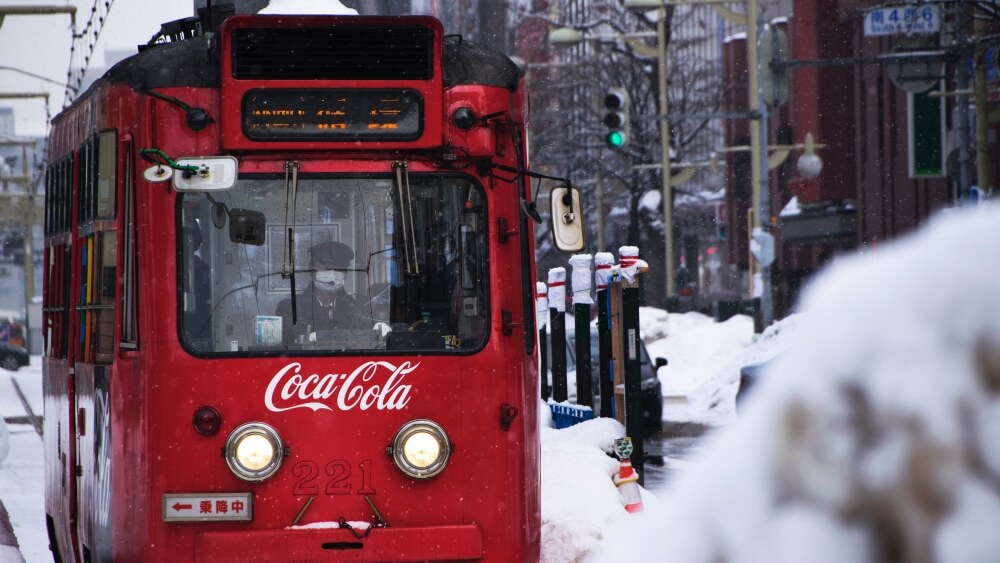
Bus
Buses are less likely to be affected by heavy snow, making them a reliable choice. High-speed buses connect various cities, and ski buses operate in winter, facilitating access to major ski resorts.
Car Rental
Renting a car is convenient for exploring the vast land freely. Many car rental companies provide cars equipped with snow tires, but those unfamiliar with driving in snow should consider using buses or trains.
Hokkaido Living Guide
Living Environment
Sapporo, the fifth-most-populated city in Japan, not only has a well-developed public transportation system but also offers excellent infrastructure, including hospitals and schools. There are plenty of shops and restaurants, where you can enjoy urban life, while just a short trip will take you to natural parks or hot spring resorts. In winter, you can enjoy skiing and snowboarding, and in summer, activities like hiking and wildlife watching are available for nature lovers.
Winters can be harsh with freezing temperatures and heavy snowfall, which can limit outdoor activities and increase heating and utility costs compared to other regions. However, buildings are well-insulated, and heating systems are strong, so you can stay comfortable indoors.
Cost of Living
The cost of living in Hokkaido is quite reasonable compared to other major cities in Japan. Rent for a one-bedroom apartment in Sapporo is typically around ¥35,000 to ¥50,000, which is about half the price of Tokyo. Family-sized apartments are available for around ¥70,000 to ¥100,000.
During winter, you’ll likely need to keep the heating on 24/7, which leads to higher utility bills. While there’s a significant difference in costs between summer and winter, you can expect to pay around ¥20,000 per month on average for utilities.
Outside of Sapporo, owning a car is common, so transportation costs can be influenced by petrol prices. With Hokkaido’s thriving agriculture, cooking at home can help keep food costs down. Daily necessities and social expenses are about the same as in other regions.
In total, including rent, you can live comfortably for around ¥150,000 per month, making it a great option for those who want an affordable lifestyle surrounded by nature.
Hokkaido Travel Guide
Tourist Attractions
Asahiyama Zoo
One of Japan’s most famous zoos, featuring polar bears and other unique Hokkaido animals such as Ezo deer and red foxes.
Website: https://www.city.asahikawa.hokkaido.jp/asahiyamazoo/

Susukino
At the heart of Sapporo’s nightlife, Susukino buzzes with a variety of restaurants, bars, and shops.

Biei
Known for the famous Blue Pond, Biei offers beautiful rural landscapes. Located near the centre of Hokkaido prefecture, approximately 2.5 hours by train transfer from Sapporo Station to Asahikawa Station.
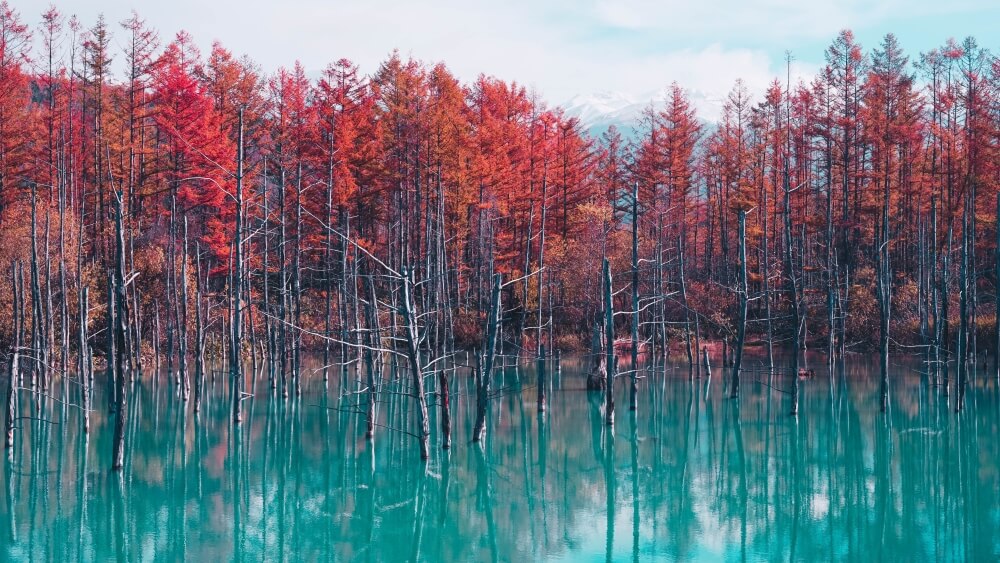
Niseko
A top ski resort with high-quality powder snow attracts winter sports enthusiasts. After skiing, enjoy hot springs.
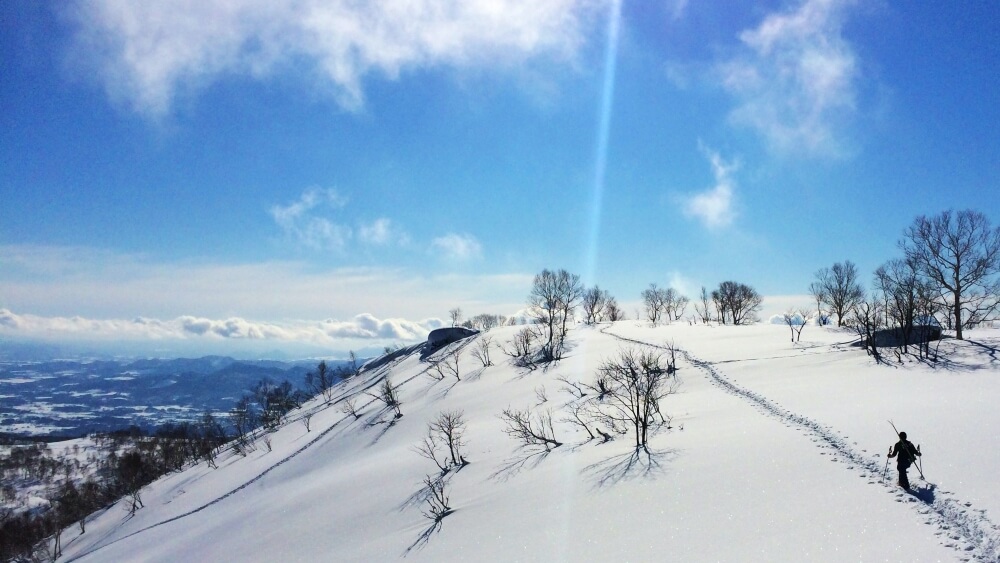
Otaru Canal
A historic canal in Otaru with charming brick warehouses and beautiful night illumination.
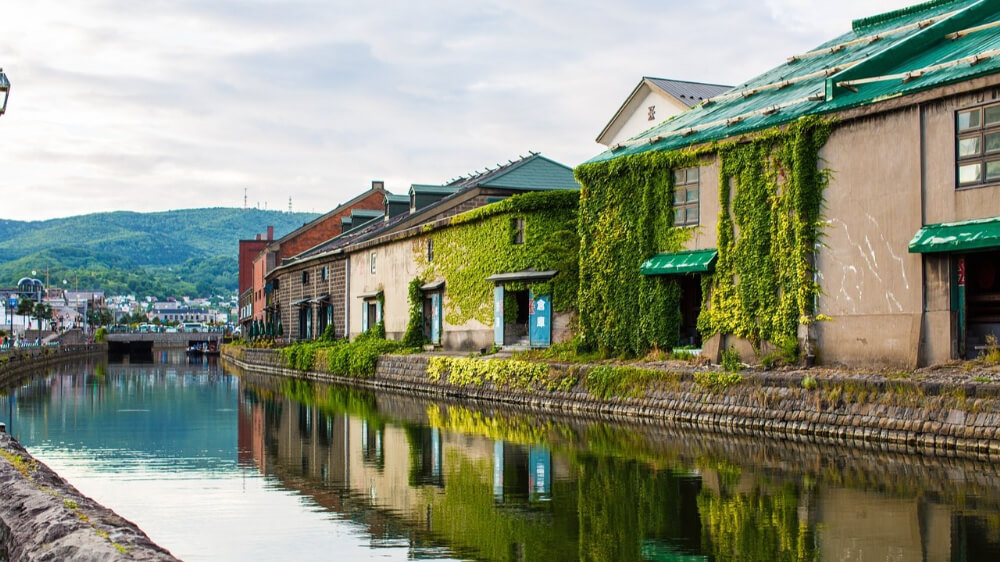
Hokkaido Food Specialities
Hokkaido is known for its delicious food, especially its seafood and dairy products nurtured by fertile land, which are local specialities.
- Sushi and Seafood Bowls: Enjoy the exceptional taste of seafood caught in Hokkaido’s rich waters. Indulge in luxurious seafood bowls like Uni-don (Sea urchins), Kani-don (Crabs), and Ikura-don (Salmon roe).

- Ramen: Hokkaido is a ramen haven. It will be fun to try and compare local flavours such as miso ramen from Sapporo, soy sauce ramen from Asahikawa, and salt ramen from Hakodate.
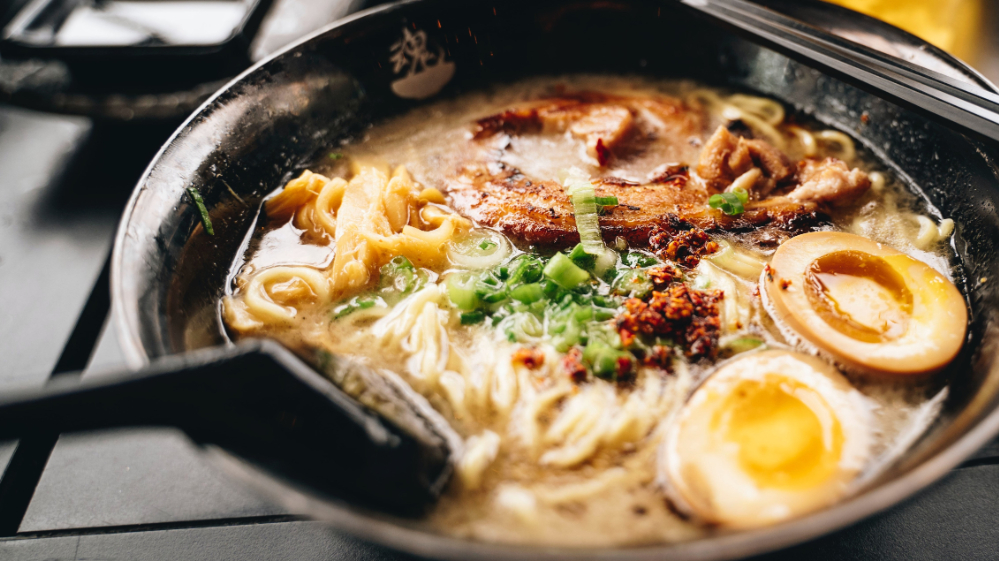
- Genghis Khan (Jingisukan): Grilled lamb in a distinctive-shaped pan, a Hokkaido speciality which is hardly found in other regions.
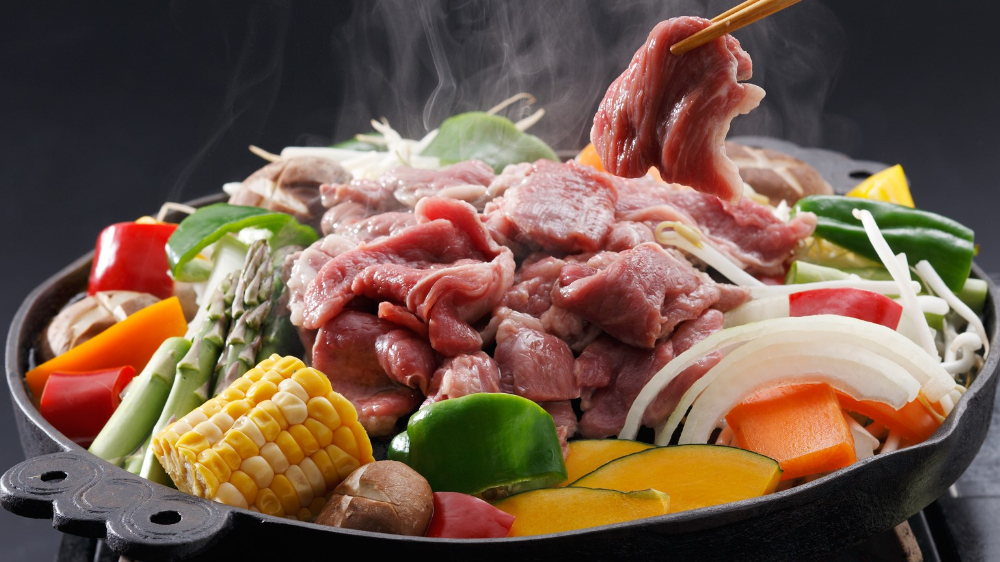
- Soup Curry: A new type of curry invented in Hokkaido features a soup base with tomatoes and vegetables. Loved by locals.
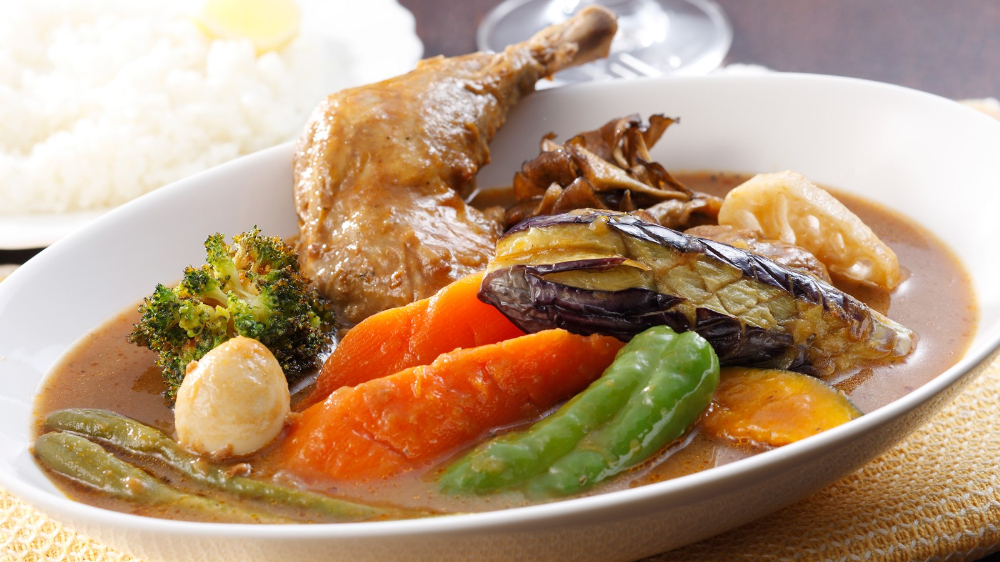
Seasonal Events & Festivals
- Sapporo Snow Festival: Held in early February each year, Sapporo’s winter extravaganza attracts over 2 million visitors from around the world. Across three venues, more than 200 snow and ice sculptures delight the eyes of attendees.
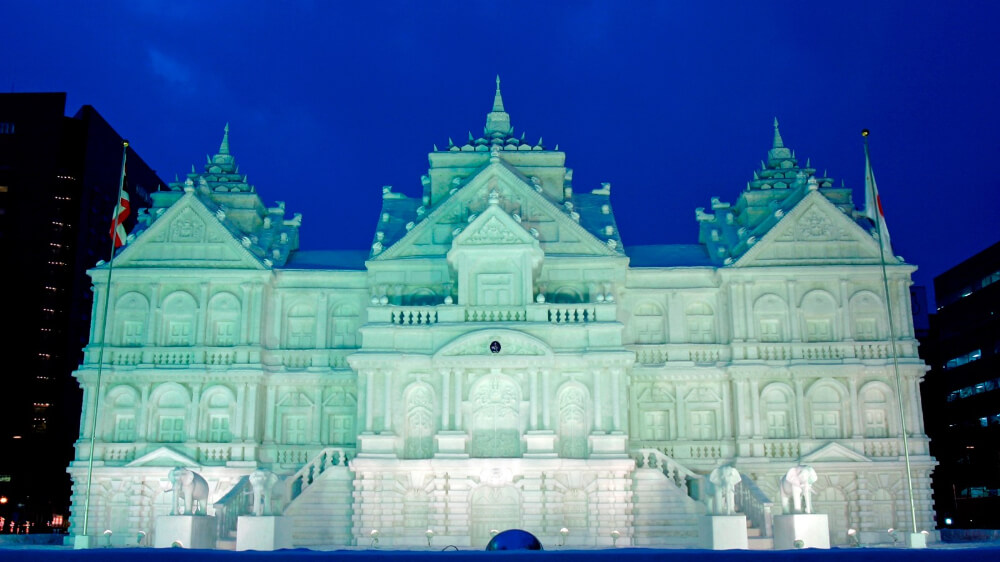
- YOSAKOI Soran Festival: A lively festival in early June in Sapporo city, featuring energetic dances with traditional drums.
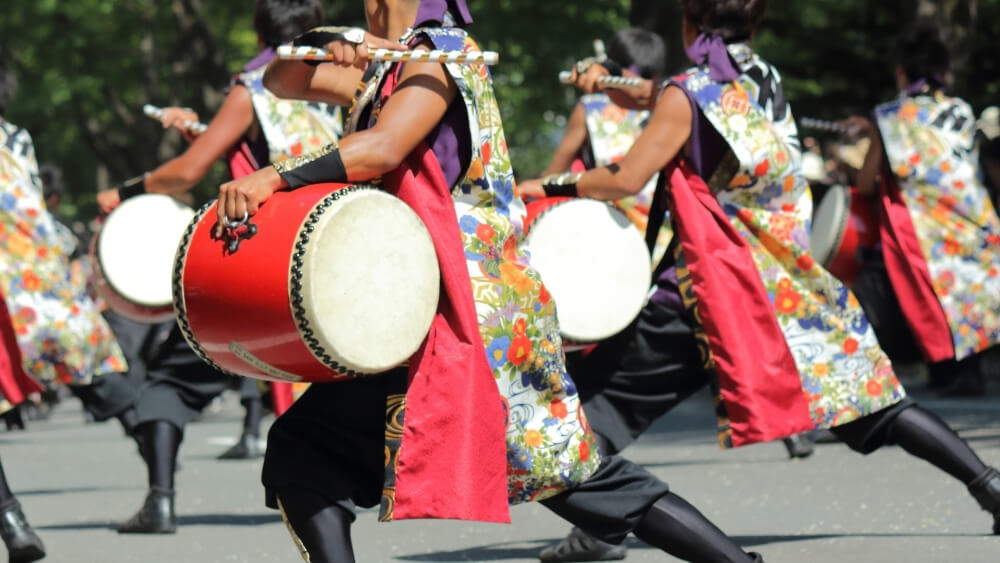
- Furano Lavender Festival: A summer spectacle in Furano, when lavender fields are in full bloom, creating picturesque scenery.
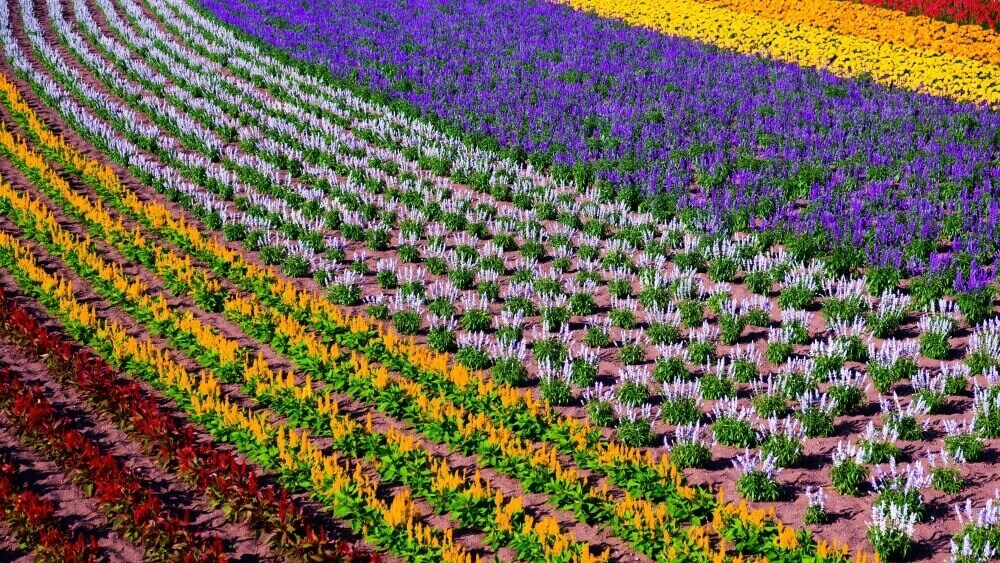
Embrace the wonders of nature and exquisite cuisine in Hokkaido, a prefecture trove for all your senses.
